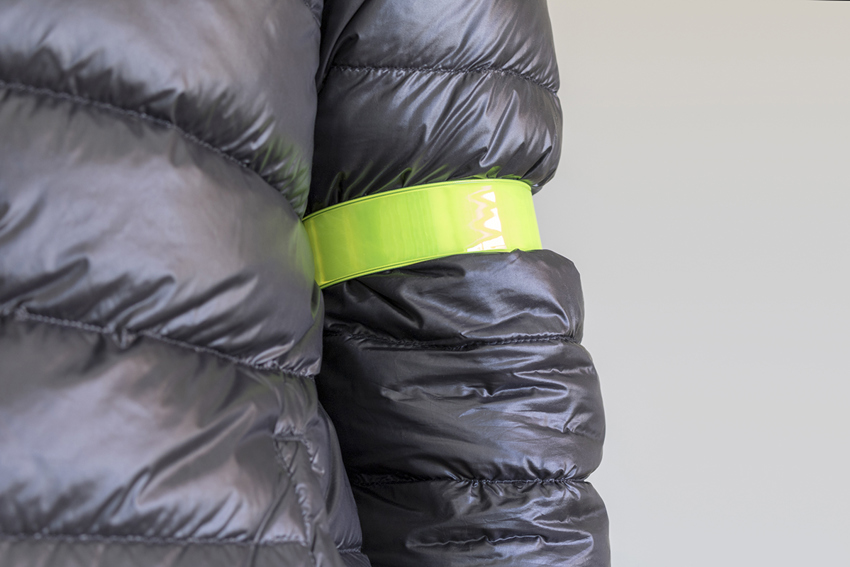7 factors describing light
It is usually intricate to describe something that we can’t see or touch. Light for instance. Lighting experts therefore tend to depict indoor lighting with reference to 7 different factors.
How do we describe light in a room?
1. Light level – or illuminance, describes how light or dark it is in a room. Light level is measured in Lux units, and describes the light intensity of a given area, or how much light is cast on a defined surface.
2. Light distribution – describes where there are darker or brighter areas in a room. Soft contrasts are soothing, provided by even lighting. Directional bright spotlights can provide uneven lighting but fulfil their purpose in other ways. A museum exhibit for example, will need bright spotlighting.
3. Shadows – if there is light and an object in a room, there will be shadows. How the shadows are cast and their quality depends on the type of lighting used. Directional, bright lighting produces hard shadows while soft, even lighting produces soft shadows. Shadows help the eye to detect shapes and judge distance. Large, diffuse lighting fixtures can prevent shadows altogether!


4. Glare – it arises when a directional bright light reaches the eye. Glare depends on the location of the light source and how detectable it is. Exposing the eye to glare causes squinting, which can cause headache.
5. Reflections – arises when light is cast on different types of materials. High-gloss finished aluminium creates bright reflection, while matt concrete causes little reflection.
6. Light colour – tells us how the colour temperature of a light is perceived. Depending on the light colour in a room, the colours of objects and walls may be perceived differently. Sometimes a cold light colour may be ideal, other times a warm light colour is preferable.
7. Surface colour – refers to how surface colours are perceived. Surface colour may be perceived as natural or as distorted/artificial.